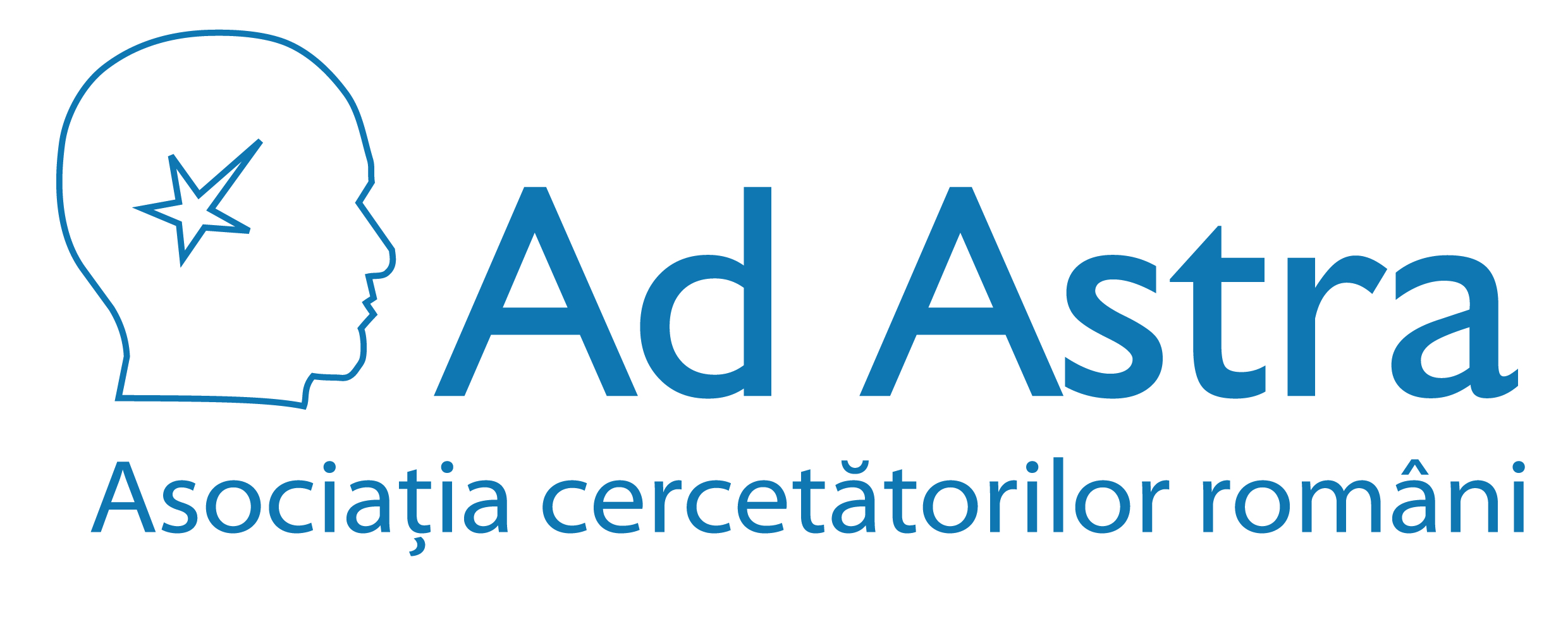Scopul nostru este sprijinirea şi promovarea cercetării ştiinţifice şi facilitarea comunicării între cercetătorii români din întreaga lume.
Staff Login
Publicatii proprii
Short Proofs of the Kneser-Lovász Coloring Principle
We prove that the propositional translations of the Kneser-Lovasz theorem have polynomial size extended Frege proofs and quasi-polynomial size Frege proofs. We present a new counting-based combinatorial proof of the Kneser-Lovasz theorem that avoids the topological arguments of prior proofs. We introduce a miniaturization of the octahedral Tucker lemma, called the truncated Tucker lemma. The propositional translations of the truncated Tucker lemma
Read moreStochastic Stability in Schelling’s Segregation Model with Markovian Asynchronous Update
We investigate the dependence of steady-state properties of Schelling's segregation model on the agents' activation order. Our basic formalism is the Pollicott-Weiss version of Schelling's segregation model. Our main result modifies this baseline scenario by 1. employing a log-linear response rule 2. incorporating "contagion" in the decision to move: agents are connected by a second, "word-of-mouth", network. Agents' activation is specified by
Read more
